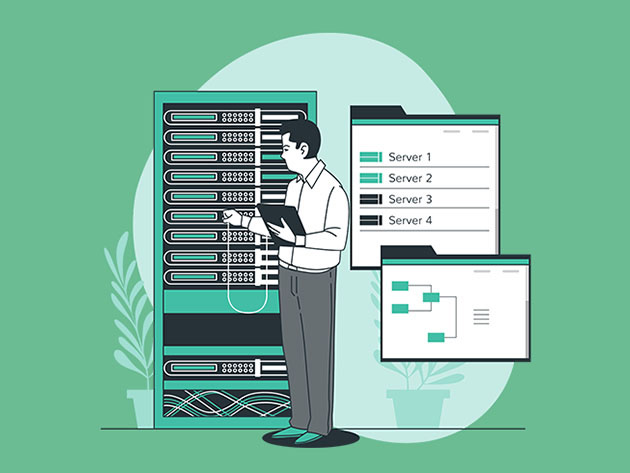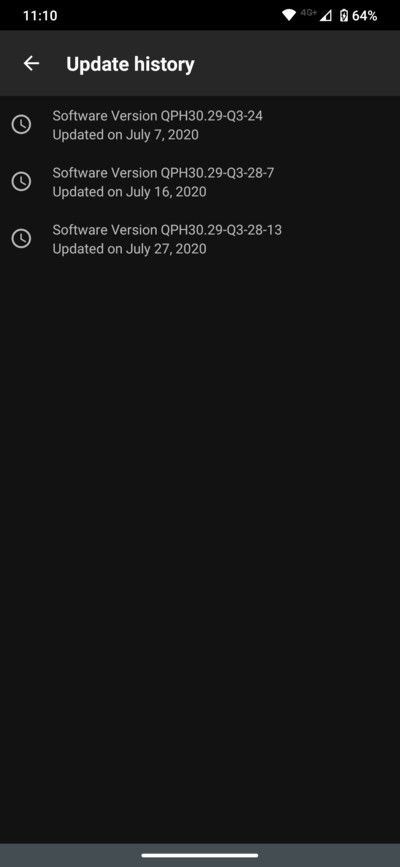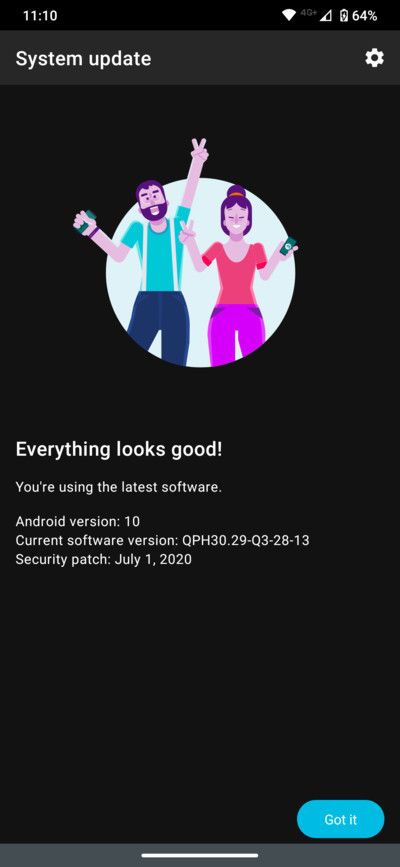Ever wish you could speed up or slow down video playback on Netflix? On Android, now you can.
Netflix is rolling out the ability to watch videos at 0.5x, 0.75x, 1.25x, or 1.5x speeds on Android. Now you can binge-watch your favorite shows faster than ever. Playback speed controls are available on Android for both streamed and downloaded content and will be tested on iOS and browsers in the future. This feature will not be tested on built-in TV apps, though.
Playback speed controls were apparently something Netflix users have requested for years, according to Netflix’s Keela Robison, Vice President of product innovation. “Tests show that consumers value the flexibility [playback speed controls] provides whether it’s rewatching their favorite scene or slowing things down because they’re watching with subtitles or have hearing difficulties,” Robison said. The National Association of the Deaf and the National Federation of the Blind applauded Netflix for introducing this feature, with both organizations adding that playback speed controls can help those with auditory and/or visual difficulties.
While the new playback speed controls might be a boon for users, some in Hollywood are apparently unhappy with the new feature. As The Verge points out, when Netflix previously confirmed they were testing this feature last year, directors Brad Bird and Judd Apatow spoke out against it. Apatow in particular said that “distributors don’t get to change the way the content is presented.” These creators argue that playback speed controls disrupt how they intend viewers to consume their content. Many creators currently rail against motion smoothing features on home televisions for largely the same reason.
Netflix said it is aware of the concerns from Hollywood creators and has worked to quell their anger. For one, Netflix said it will correct the pitch in audio at faster and slower playback speeds, so content doesn’t sound warped. The company also purposely limited the available playback speeds and requires users to manually change the playback speed for every video they watch.
The post Netflix is rolling out playback speed controls on Android appeared first on xda-developers.
from xda-developers https://ift.tt/2XhyZfX
via IFTTT








